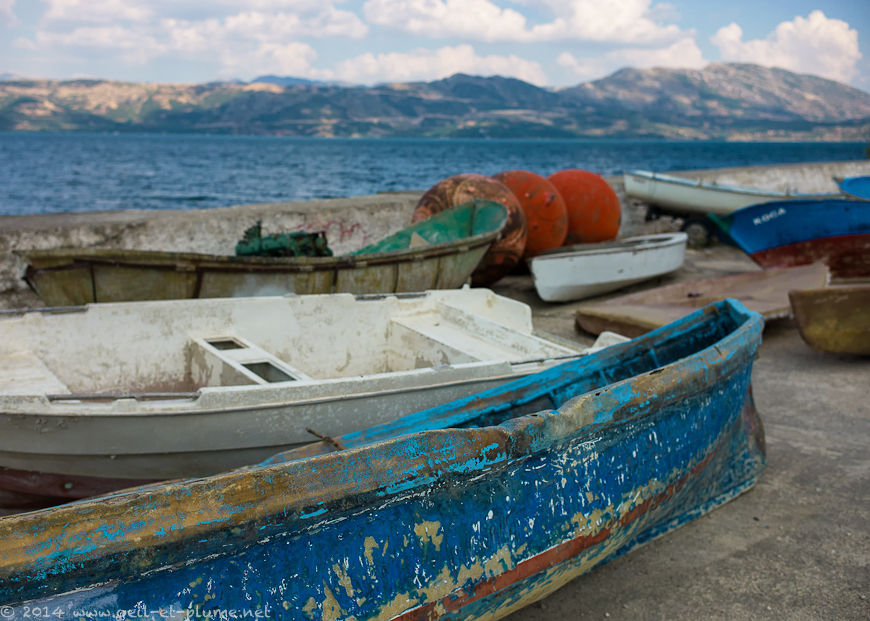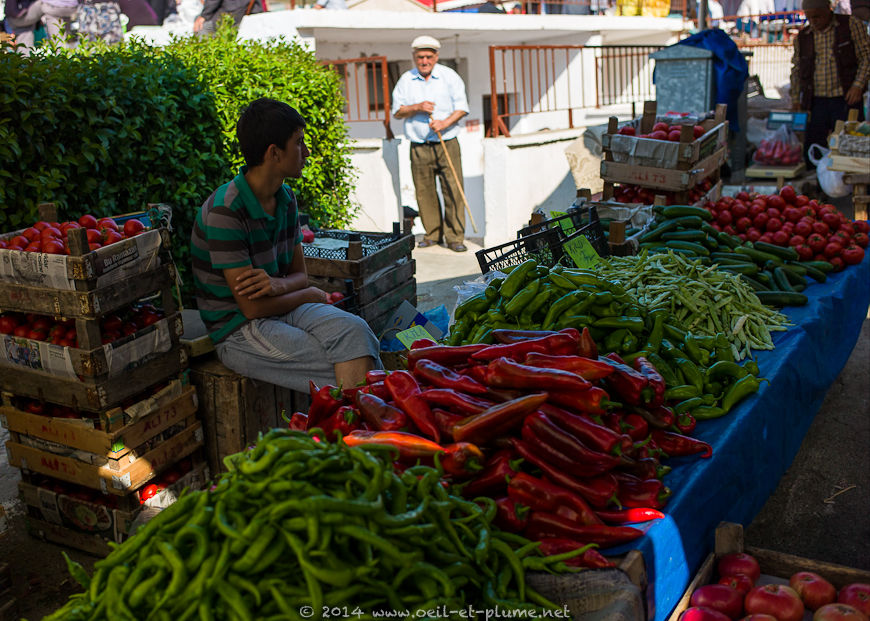I returned to Turkey’s Anatolia recently, one year after a first journey in Cappadocia and along the Turquoise Coast of the Mediterranean Sea including Antalya.
I head to the mainland of western Anatolia, tracing the Anatolian soul.
Also known by the Latin name of Asia Minor, Anatolia stands as the crossroads of major cultural and geographical entities. Looking east, Anatolia represents the western end of Asia; south, it connects with the Middle East; west, it leads to southeast Europe. North across the Black Sea or the Caucasus mountain range, it faces the immense former USSR territories.
No wonder if Anatolia went through so many political and cultural influences. Following the Hurrians, Akkadians, Hittites and Assyrians between the 24th and 11th centuries BCE, the Anatolian plateau or at least parts of, witnesses successively Phrygian, Lydian, Persian, Hellene, Roman, Armenian and Byzantine rule during the Antiquity.
In the 11th century CE, the Seljuk Turks coming from central Asia introduce the Turkish language and Islam in most parts of Anatolia, weakening the then-strong Greek Christian cultural imprint. The Ottomans take over from the Mongols in the 14-15th century until the constitution of present-day Turkey.
Nowadays, Anatolia is reputed to nurture a beautiful but rather austere culture, challenging to approach for non-Turkish speaking visitors. A hospitable and welcoming society, but keen to protect its cultural identity and customs. The challenge applies to people’s photography as well, in particular to women.
Never mind, I will try. I select two locations: first, Egirdir, a traditional small town located some 150 km north of Antalya; second, Eskisehir, a lively academic mid-sized town situated further north in the mainland of western Anatolia.
Egirdir Lake
From Isparta town, the road to Egirdir flows like a river rushing down the hills of the Taurus mountains until its mouth into Egirdir lake. The last curve unveils suddenly the immense and splendid body of water.

Time to stop for a while, to recover and discover. Forth largest of its kind in Turkey, Egirdir lake covers no less than 468 km², generously fuelled by rain and affluent water from the Taurus mountains. I love the vicinity of sea or fresh waters for their versatile appearance. The lake Egirdir is reputed to display up to seven colours at a time. Its colour palette is constantly revisited by the sun and the wind as master painters.

Once very fish-rich, the Anatolian body of water has been imposed a long and painful fishing ban which repopulated the lake but also reoriented many local fishermen to other economic activities. The ban was cautiously lifted in recent years. Its impact on fish resources is monitored closely to ensure ecological sustainability.

Yesilada
Egirdir lake counts two islands linked to the mainland by a long man-made causeway built in the 1980’s into Egirdir town. The most remote one, Yesilada (Green Island) hosted a strong Greek community until the Greek/Turkish population exchange in the early 1920’s.
Those of you wondering how Greeks ended up living in Anatolia can revisit my earlier Anatolian post. During the Antiquity, the region experiences a strong Hellenistic, Roman and Byzantine influence with a robust Orthodox Christian religious imprint.
From my pension on the lakeshore, I walk down the causeway to Yesilada on a hot early morning. A few residents, mostly elderly are visible, rather indifferent to my visit. The site is nevertheless very picturesque with its traditional houses and narrow cobbled lanes.




The centre of the village is made of a number of stone and timber houses built by the Greek community. Turkish people inhabit most of these premises nowadays while a few derelict estates remain apparently vacant. There is no more resident of Greek origin there. In 1922, the male residents of Yesilada Island return into Greece or join the Greek troops fighting in Anatolia. Greek female residents leave Yesilada later, upon Greece’s military defeat in the Greek-Turkish war of 1919-1922 followed by the signature of the 1923 Lausanne Convention.



Worth mentioning that the massive population exchanged that takes place in the early 1920’s between Turkey and Greece is fully backed and even designed by the Geneva-based League of Nations. The exchange aims at achieving national homogeneity under the assumption that a sound population swap will best protect the ethno-religious minorities in both countries.
Over 550,000 people return to their country of origin in 1923-1924. In fact, most of the population of Greek origin living in Anatolia had left earlier. However, some observers view the 1923 Lausanne Convention as a deliberate act of ethnic cleansing on both sides.
Most property abandoned by Greeks who left Anatolia at that time are confiscated eventually by the Turkish authorities, and taken over by Turkish residents or returnees. A superb old wooden house set on sale tempts me. Not mentioning obvious ethical and linguistic issues, Yesilada looks far too quiet for me, I conclude.
Egirdir town
Egirdir is not just a conservative and quiet ex-fishing town. It used to be a major stop for traders crisscrossing the Anatolian plateau and a strategic military location, as reminded by the ruins of a caravanserail and a Seljuk Turk fortress. My photographic hat drives me more toward the crumbling old quarters of the town where I roam around for hours.

On a Thursday, a women carrying locally man-made bags on her way to the town centre attracts my attention. Of course, today is weekly market day downtown. I must be there as well. On my way to the bazaar, I pass through the famous walk-through minaret of the Hizirbey mosque, constructed by the Seljuk Turks in the 13th century.


Egirdir bazaar
Held once weekly, the main bazaar attracts people from a large area around Egirdir, mainly farmers selling food items and purchasing hardware. In this week of Ramadan, the activity starts surprisingly early in the morning, as people would anticipate their exhaustion in the afternoon. The sun hits hard, people are busy, goods and money flow. This is a golden opportunity for me to approach local residents, especially females, discretely and tactfully .




As in most traditional societies across the world, the food market is essentially a female matter, both from a selling and purchasing perspective. As single individual not prone to pantagruelian meals, I wonder how so much food can be consumed weekly by families. Indeed, Ramadan boosts sales and consumption.





And what about the men? No surprise, I find them less enthusiastic and committed in the trading process. Men are more active in non-food trading particularly in technical parts. They are also more prone than their female counterparts to hedonist behaviors not always compatible with Ramadan restrictions. I enjoy much approaching them to mingle for a while.









Market is also an opportunity for people from different villages to mix. Yoruk Turk people are semi-nomadic shepherds living in the mountainous areas around Egirdir lake. They visit Egirdir town in summer to sell their food production (apple, goat, yogurt) on a special market held on Sundays for ten weeks in a raw.
I could not see them unfortunately, but am explained the following. On the day before the last Sunday market of the period, Yoruk and local women use to gather in Egirdir bazaar. Mothers would not sell goods, but arrange couples for their children in age to be married. Eventually, grooms and brides start meeting each other officially. The marriage takes place usually on the following spring.
Nine or so months later, the result of the process becomes public.

Arranged marriages happened in old days in Egirdir, and still happen probably nowadays to a lesser extent and in other forms. So is Egirdir, conservative and quite diverse despite its apparent homogeneity.
I could also evoke the beautiful countryside of Egirdir lake, its rivers and ponds, its meadows and orchards full of apples, walnut, cherry and apricot trees. I could mention how Egirdir is enjoyable for windsurfing and kayaking in summer, for skying in winter. I should tell the impressive mountaintop Roman ruins of Sagalassos, and report on the tough Saint-Paul Trail which connects Antalya and Isparta areas.
This is part of what you will enjoy while visiting western Anatolia.
Cheers,